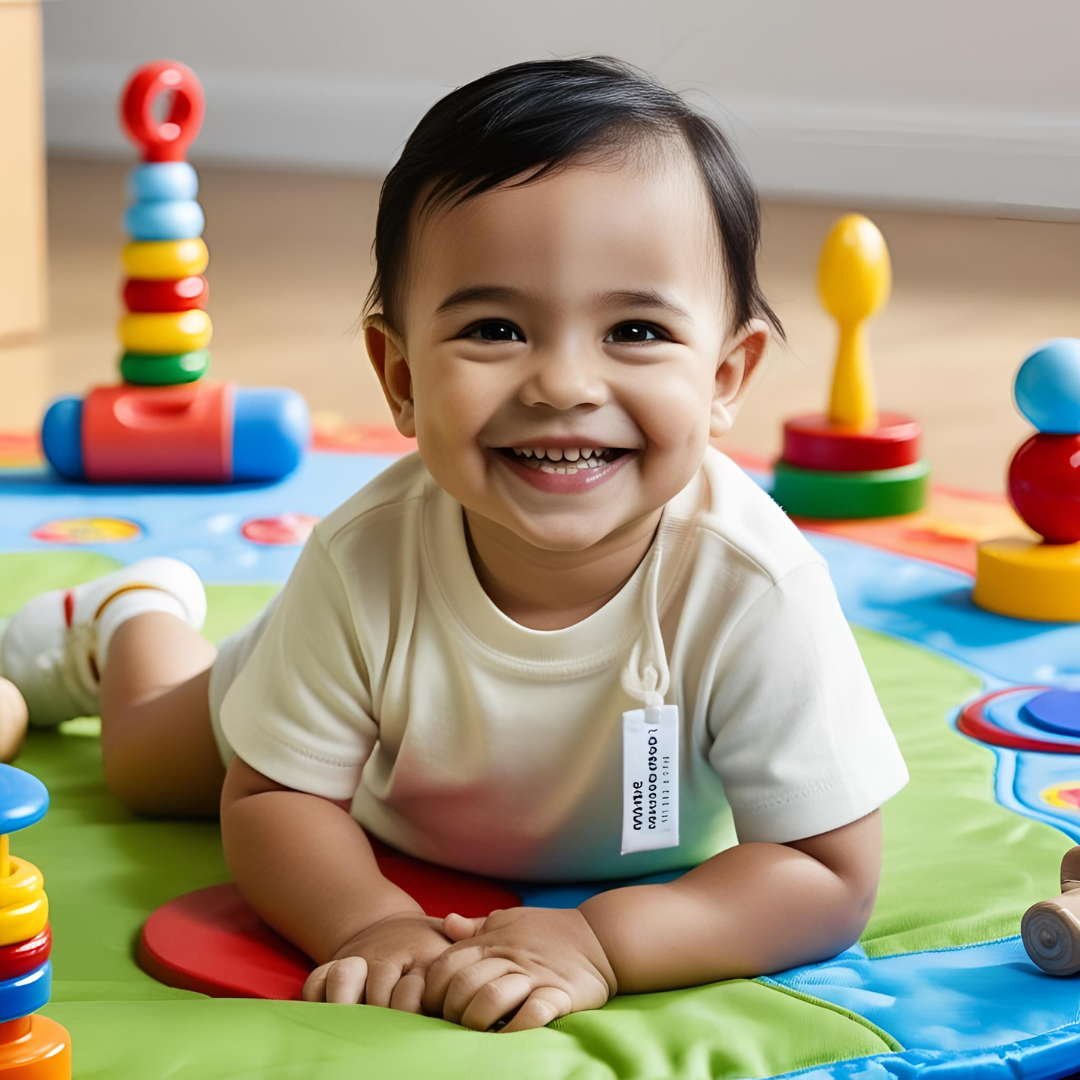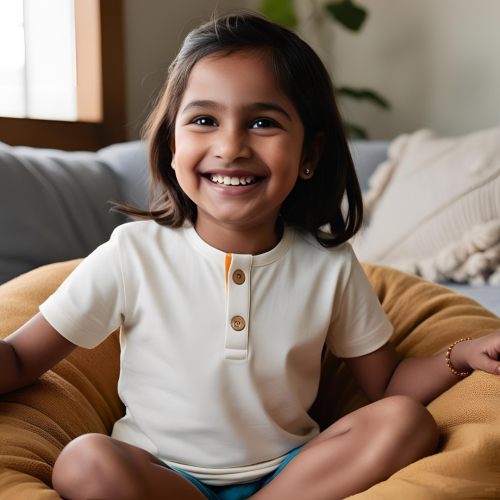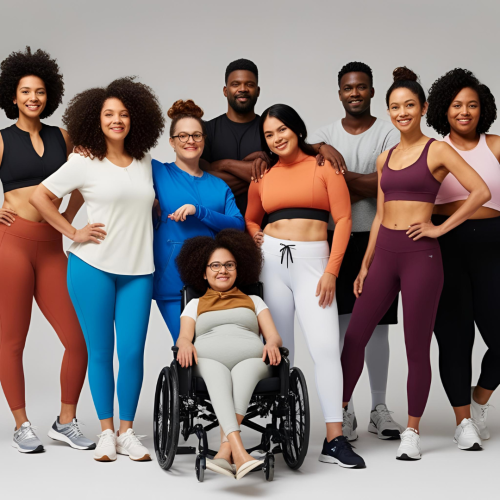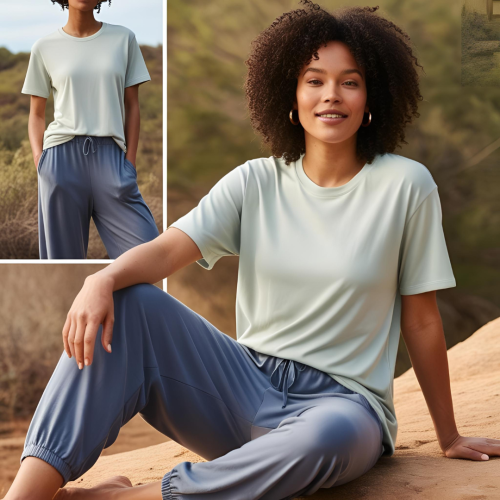Fashion is constantly evolving. What used to be purely about aesthetics is now also focused on accessibility, functionality, and well-being. And that’s where sensory fashion comes in — an inclusive and innovative approach that transforms how people experience clothing.
More than just a trend, sensory fashion represents a quiet revolution, especially for individuals with sensory hypersensitivity, autism, ADHD, fibromyalgia, or any condition that causes discomfort with certain physical stimuli. But it also offers practical benefits for anyone seeking greater comfort in everyday life.
What is sensory fashion?
Sensory fashion is a style of clothing and accessory design created to respect and accommodate the sensory needs of the wearer. That means paying attention to elements like:
- Fabric texture
- Seam placement
- Internal or external labels
- Elasticity and compression
- Temperature regulation and breathability
It aims to eliminate discomforts that often go unnoticed by traditional fashion but can cause serious distress for those with heightened sensitivity. That’s why it’s especially relevant in the world of inclusion, neurodiversity, and conscious fashion.
Why is sensory fashion so important?
People with autism, for instance, often experience the world differently on a sensory level. An internal label or thick seam can trigger real anxiety, affecting their concentration, mood, and even social interactions. For them, wearing “regular” clothes can be a daily challenge.
Sensory fashion serves as a tool for support and comfort. When someone feels physically at ease, they can focus their energy on other activities — learning, working, socializing. In other words, it directly impacts quality of life and self-esteem.
This approach also proves valuable for children, the elderly, and people with limited mobility, offering independence by making dressing and undressing easier. Even those without medical conditions can benefit from the softness, practicality, and well-being these garments provide.
Everyday examples of sensory fashion
1. Clothes with external or removable tags
Many sensory discomforts stem from internal labels. Sensory-conscious brands place tags on the outside, print them directly on the fabric, or use removable stickers. This simple switch eliminates constant skin irritation.
2. Seamless or reversed-seam garments
For those who find seams irritating, seamless designs or reversed seams are a game-changer. This style is commonly found in t-shirts, leggings, socks, and underwear.
3. Soft, breathable fabrics
Fabrics like organic cotton, modal, and viscose are lighter, softer, and allow the skin to breathe. They don’t trap heat or cause irritation like rough or synthetic materials do.
4. Shoes with orthopedic insoles and no laces
For people with motor difficulties or foot sensitivity, sensory-friendly shoes offer features like non-slip soles, velcro closures, and ergonomic shapes — eliminating the struggle of tying shoelaces.
5. Light compression clothing
Some individuals feel more secure when clothing gently “hugs” their body. Sensory fashion includes light compression in select areas to provide that feeling without restricting circulation. It’s often used in shirts, vests, and clothing for neurodivergent children.
6. Soothing colors and patterns
Although sensory fashion prioritizes touch, visual elements also matter. Soft colors, pastel tones, and minimalist prints help avoid visual overstimulation.
How to choose sensory-friendly clothing in practice
Even if you don’t live near a specialized store, you can adapt your shopping habits to align with sensory fashion principles:
- Always feel the fabric before buying, when possible
- Check seam location and type
- Prefer printed or detachable tags
- Opt for looser, stretchier cuts
- Review the fabric composition — avoid polyester and acrylic if your skin is sensitive
If you’re shopping online, read customer reviews. Many retailers now label items as sensory-friendly or adaptive, making it easier to find suitable options.
Sensory fashion for children: essential support
In childhood, sensory sensitivity can be even more intense. Children with ASD, for example, often reject school uniforms or formal wear due to discomfort. In these cases, adopting sensory fashion can prevent meltdowns and support daily routines.
Garments like t-shirts with hidden side zippers, pants without buttons or belts, and even magnetic closures can make a big difference in comfort and independence.
Sensory fashion and sustainability: a perfect match
A lesser-known but highly relevant aspect of sensory fashion is its environmental impact. Because these pieces are usually made from natural, durable materials and designed to last, they often align with the values of sustainable fashion.
Production also tends to be more ethical, valuing the labor of seamstresses and small workshops. So by investing in sensory fashion, consumers are also supporting a more fair and conscious production chain.
How sensory fashion can transform lives
More than just clothes, sensory fashion offers freedom. It stands for the right to feel good in what you wear without sacrificing style, practicality, or self-confidence.
As more brands embrace sensory diversity, we’re moving toward a truly inclusive fashion future — where comfort and identity walk hand in hand. The good news is, this transformation is already happening and available for anyone open to trying it.
Whether it’s for an autistic child, a woman with fibromyalgia, or an adult simply seeking more comfort, sensory fashion is an invitation to dress with empathy and care.
